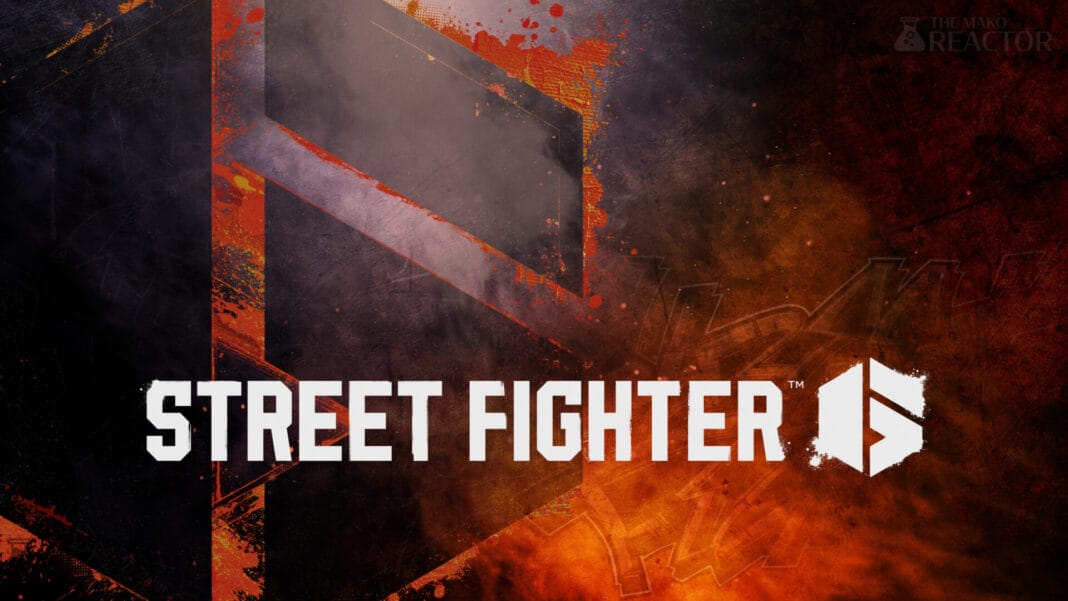Right from its first trailer reveal, Street Fighter 6 has looked like the most confident Capcom fighting game release yet. The company has been on a roll since Resident Evil 7 seeing franchises like Monster Hunter, Resident Evil, and Devil May Cry see superb new entries and remakes. Street Fighter V launched in a bare-bones state, and despite enjoying my time with it quite a bit right from the start and through the many updates, we needed the next generation of Street Fighter. Having played the various betas and free demo, I knew Street Fighter 6 would deliver in many ways, but I was hoping the full game would see Capcom stick the landing. Having spent over 60 hours with Street Fighter 6 over the last few weeks on PC, Steam Deck, and console, Capcom absolutely nailed it. In my Street Fighter 6 review, I’m going to cover the single-player content, how the full game held up both online and offline pre-release, the final build’s visuals and music, and also what I hope Capcom addresses in post-launch updates.
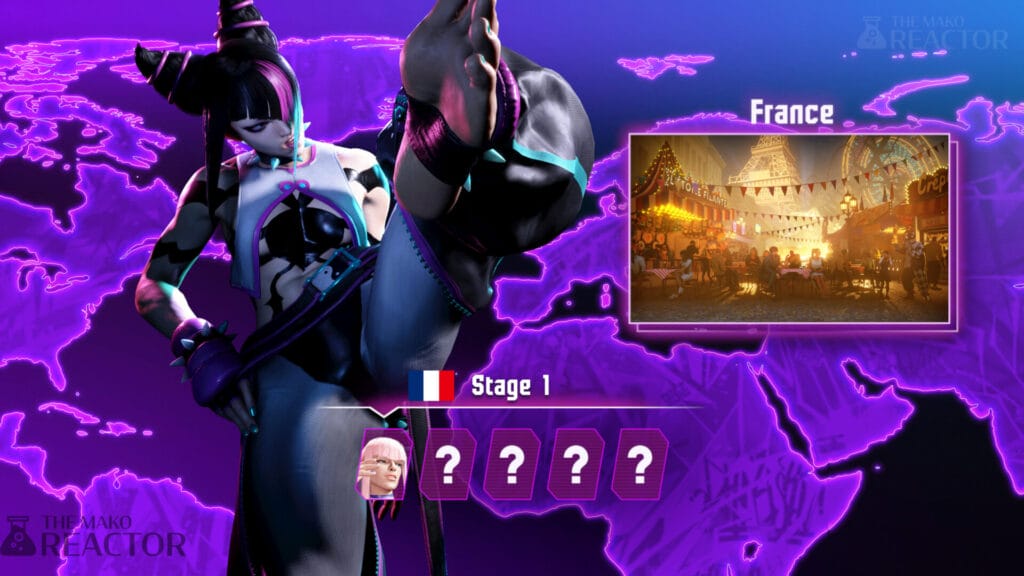
Street Fighter 6 is split up into three main modes: World Tour, Battle Hub, and Fighting Ground. World Tour is a very lengthy single-player mode where you create your own avatar and find out what strength is while interacting with various Street Fighter characters across the world. Battle Hub is Capcom’s take on what we’ve been experiencing in Arc System Works games’ online lobbies, but with a Capcom twist. Fighting Ground is what you’d expect a normal fighting game to include with arcade mode, training, tutorials, versus mode, special matches, and online. The online in this mode includes casual matches, ranked matches, and custom rooms. There is a lot to cover in each mode, and while I will not be covering specific game balance or character tiers here, I’m in awe at how content-packed Street Fighter 6 is right out of the gate. This definitely is a massive step up from Street Fighter V’s launch and one of the most feature-complete fighting game packages out there.
I didn’t pay much attention to World Tour until a friend of mine told me it played like a Yakuza game. The demo blew my mind because World Tour felt exactly like a blend of a Yakuza game with what I remember enjoying in Mortal Kombat Deception. I figured it would be a few hours long like most fighting game stories, but I’ve put in over 30 hours into it trying to do the side content and main story while exploring. Capcom put a lot of great fan-service, attention to detail, references, and more into this mode. After you create your own character, you can explore and interact with various NPCs or even challenge them to a fight. As you grow stronger and train under various Street Fighter characters, you gain their special moves and also can use their actions as special master skills outside battle. This lets you do things like a spinning bird kick to traverse over gaps and a rising uppercut to take down a balloon carrying an item while exploring.
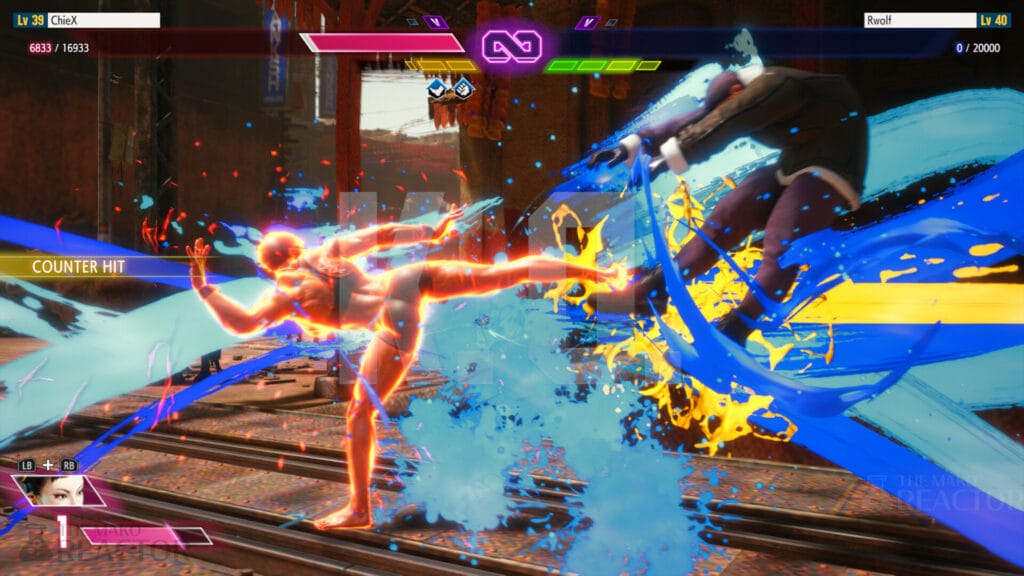
I was surprised at how much you can explore in this mode, and also how many locations are included. While a lot of the trailers have implied many areas, don’t expect every country featured in World Tour to be a fully explorable city. Some are only small hubs with different environments, NPCs, and a specific Street Fighter character. As you progress through the story, you level up and earn money to buy gear. This mode is basically a full-blown RPG that features Street Fighter matches as combat. These aren’t normal fights though, as you can take on the likes of fridges, drones, various colorful enemies, and more as you aim to find what “Strength” means. While I won’t get into story details for spoiler reasons, I love the interactions you have with the roster characters during important story moments.
You can also go and complete side missions to earn more items and grind out experience. There is a ton of side content here with some of the characters from the base roster only present in missions outside the main story. If you don’t find them through these, you may never see them in World Tour at all. Capcom could’ve easily released this mode as its own full game if it wanted to do a spin-off entry. It is fully-featured and even has loads of hidden chests, mini-games, and more. My only complaint with World Tour is how it feels a bit rough technically. There are also issues like NPC animations being cut down like a Pokemon game in the distance or low resolution textures used in parts. Hopefully this aspect can be improved with updates.
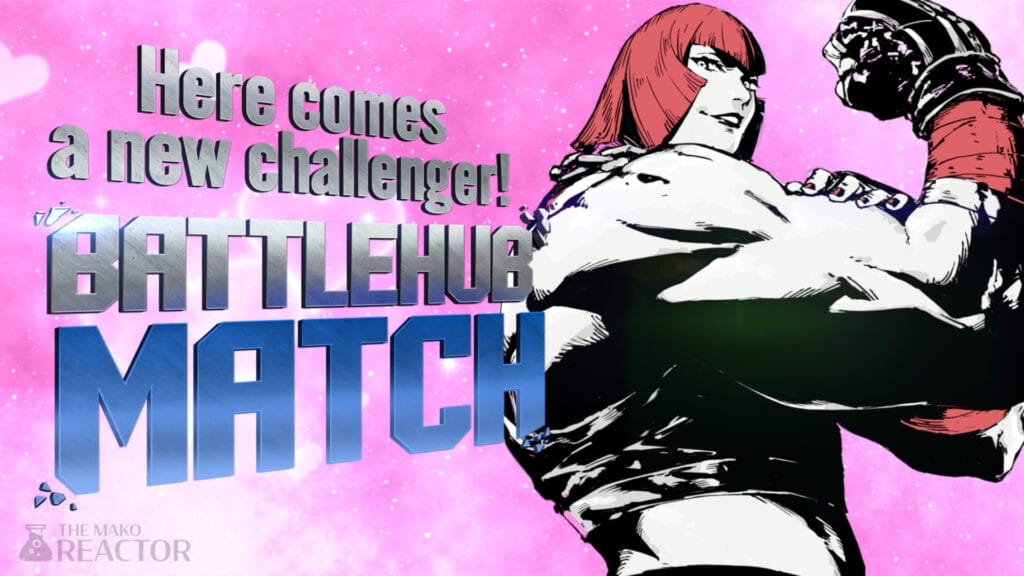
Street Fighter 6’s arcade mode, available from day one and playable offline, lets you take on the CPU at various difficulties in 5 or 12 stage variants. These feature some static cut-scenes with voiced dialogue for each character and also include special gimmick stage battles. This serves as each character’s story mode as well. Speaking of gimmick stage battles, there’s an Extreme Battle option that lets you set up party-like battles where you can set rules and gimmicks. These range from getting knockdowns to hitting a score target for rules and gimmicks like bulls running across the stage to being shocked during battles.
There’s a lot to talk about for the actual game systems here, and I’ve enjoyed testing out a few characters I was hoping to play pre-release both with the classic and modern control options. Out of the returning characters, I stuck to playing Chun Li, Juri, and Zangief while I was very impressed with Marisa and Jamie from the newcomers. Just like with Monster Hunter, I don’t bother trying to learn everyone and stick to a few characters like I would weapons there. The Drive System and parrying in general are both amazing additions with how much you can use it in different situations to turn the tide of battle. What I love the most about how Street Fighter 6 is welcoming to all players, is how the World Tour mode basically teaches you about not just Street Fighter 6, but fighting game mechanics in general without making things obvious. A lot of care clearly went into this, and it shows.

Speaking of the controls, while many will stick to classic controls, I’m very pleased to see the modern control option added because I know it will let me convince more friends to pick up Street Fighter 6 to play online. I didn’t test much of the dynamic option though. The tutorials do a fantastic job of teaching you the classic and modern controls here, which is great to see. In addition to the usual tutorials for in-game mechanics and systems, you can go deep into characters with the special guides designed to learn the ins and outs of each character. There are also combo trials of varying difficulties that you can practice with each character.
Street Fighter 6 has Fighter Coins as a premium currency you buy with real world money and Drive Tickets that are earned in-game. These were not available to test during the review period, but Capcom confirmed to me that Fighter Coins can be used to buy customization items for the game and your own avatar. The gear purchased using Fighter Coins will only be cosmetic. There will also be a Fighting Pass (battle pass system), but this was also not available to check out during the review period. Capcom also confirmed that any gear earned through this would only change appearance and not have any parameter attributes that would affect the Battle Hub Avatar Battles or World Tour gameplay.
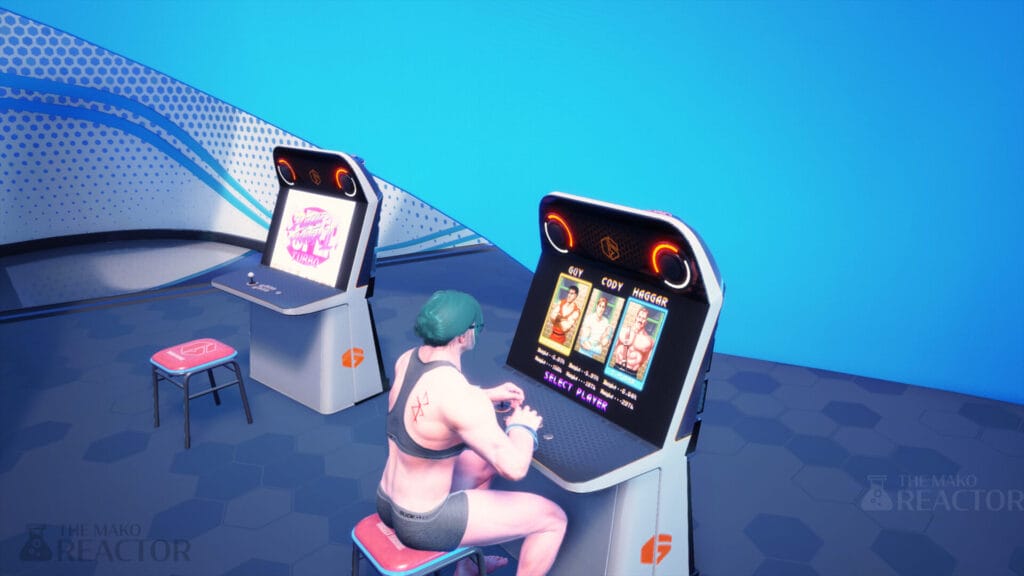
The Battle Hub which I could test for a limited period pre-release, isn’t very different to the open beta version. It still acts as a chilled out lounge to socialize and play against others or spectate battles. I wanted to see how the online netcode held up against friends and randoms from the USA, UK, Japan, and Australia. In the 18 hours I spent in the Battle Hub across platforms, I had only two matches that felt bad. Everything else held up brilliantly including spectating and quickly swapping server regions. One thing to note is that when you’re online, some menus in-game seem to have a slight delay in opening. I hope this was a pre-launch bug because it is a bit annoying.
Visually, Street Fighter 6 is gorgeous with many of the new character models being my favorite versions of said characters. Obviously Juri is my favorite alongside Marisa, but I’m glad Capcom fixed Luke after how lacking he looked in Street Fighter V. Even Ryu and Chun Li are perfect in Street Fighter 6, and other highlights are both JP and Jamie. Barring the characters, Street Fighter 6’s visual language in general is very strong. It is super stylish at every corner, and the use of color and special colored effects per character is a nice touch. The only issues I have with the visuals of Street Fighter 6 are with some aspects of World Tour that feel unpolished and also some instances of zooming into characters in some menus that could’ve been higher quality when it comes to things like hair.
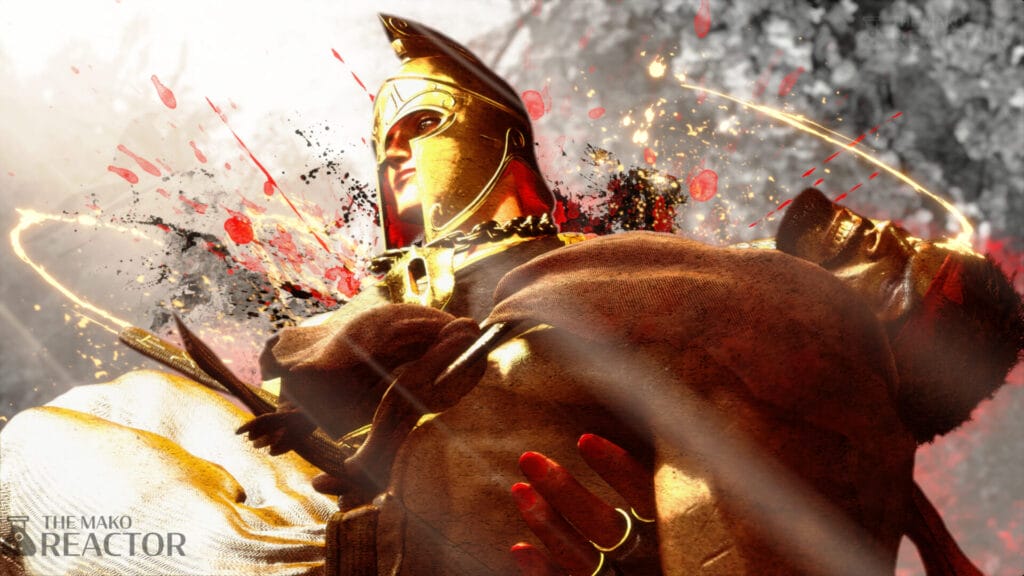
Music is one area I was surprised the most in Street Fighter 6. Over the months leading to launch, Capcom posted various character themes, and while I didn’t enjoy some, I’ve grown to love most of the character and stage themes. My favorite character themes are definitely the ones for Ryu, Juri, Jamie, Ken, Marisa, Ken, Zangief, and Luke. I also love how the music in the three portions of the game varies based on mood with the Battle Hub music feeling perfect with its chilled out jazz and lounge feel.
The voice acting has been very good as well both in battles and also in the World Tour mode. I didn’t spend too much time with the commentary option on, but it felt like it was nearly there. I would’ve liked to see Capcom also record the character names for commentary rather than having generic descriptors used for each player. I’m interested to see how this specific mode evolves over time, and whether Capcom brings more commentators in.

Street Fighter 6 on Steam Deck – the full game online and offline
I’ll be going into platform-specific details and more in my comparisons and dedicated features around launch, but I wanted to touch on how the full Street Fighter 6 game runs on Steam Deck. After switching to Proton Experimental (bleeding edge), I capped the game to 30fps outside of actual fights where it is 60fps. Everything worked as I’d hoped. You could opt for a lower render resolution to have a 60fps target everywhere, but it isn’t worth the visual compromise in World Tour. I even played a few hours online over wifi when portable and wired when using the Steam Deck Docking Station without any issues. The Steam Deck even brings up the keyboard when text input is required.
Things could change with the day one patch or soon after launch, but barring World Tour, Street Fighter 6 is excellent on Steam Deck for both online and offline play. I hope Valve and Capcom can work on improving how it runs and looks in World Tour though. With how Street Fighter 6 treats its game modes, you can even save World Tour for your gaming PC or laptop and not waste space installing it on Steam Deck. World Tour is an additional 18GB download on Steam which you can delete or never install if you don’t want to play it on Steam Deck.
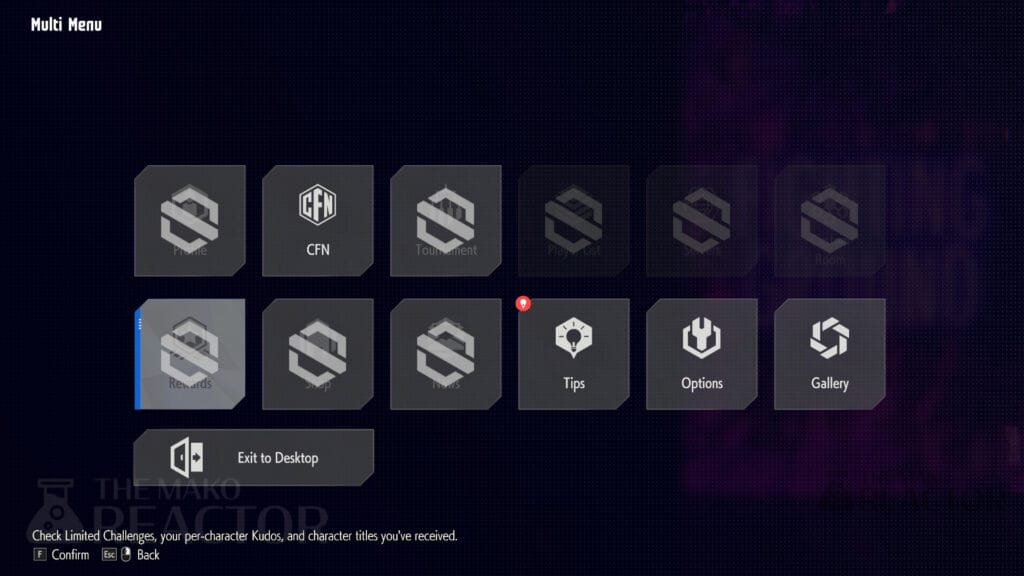
Street Fighter 6 – what is playable offline
I also wanted to cover what aspects of Street Fighter 6 are playable offline. During the review period, I made sure to play a lot of Street Fighter 6 when servers were offline or when I wasn’t connected to the internet to test. In World Tour, you can access everything but the arcade games on machines in different locations. Those need an online connection. Battle Hub is obviously not accessible at all. Your profile, tournaments, rewards, the in-game shop, and news menus are also not accessible offline. In Fighting Ground, you can access everything but the online modes. I’m very glad that almost everything is accessible and playable offline in Street Fighter 6.
In terms of what I’d like to see added to the game going forward, my hope is we see more from 3rd Strike like Sean and also Poison arrive sooner than later as DLC characters. Barring that, better optimization in World Tour and some menu tweaks would push Street Fighter 6 up even further. These are small issues in an otherwise sublime fighting game.
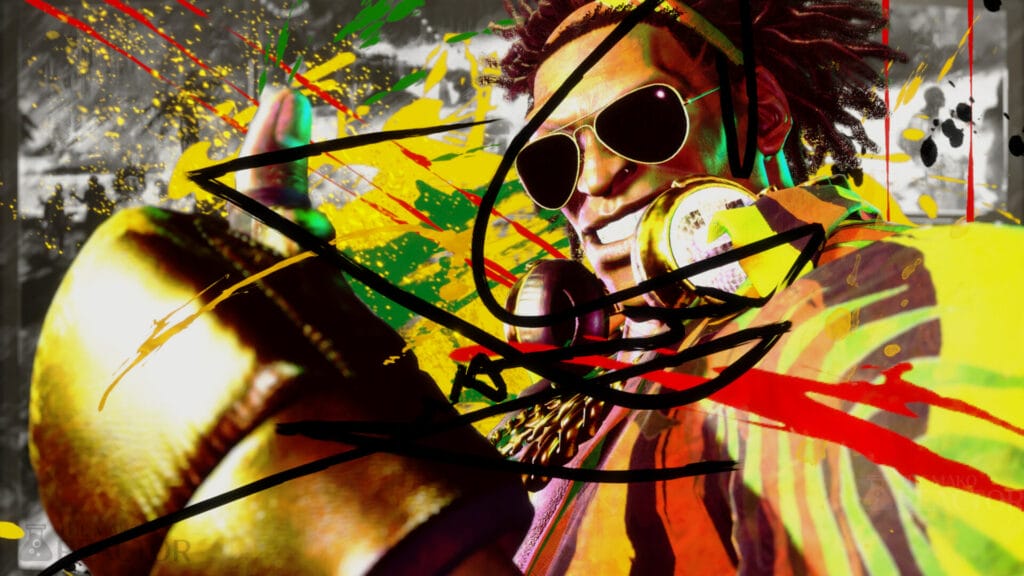
With fantastic online, tons of single-player content, gorgeous visuals, and more, SF6 is a near-perfect KO. In a lot of ways the jump to Street Fighter 6 from Street Fighter V (at launch) feels like the boost in confidence and quality that Nintendo had going from the Wii U to the Switch. Street Fighter 6 has a few issues in its current state, but I’ve adored the time I’ve put into it across platforms over the last few weeks, and can’t wait to keep playing it regularly with friends over the next few years.
Street Fighter 6 is my current favorite Street Fighter alongside 3rd Strike. Capcom not only delivered a robust and gorgeous fighting game, but one that has a full standalone game’s worth of single-player content in World Tour. The online has held up brilliantly playing friends in various countries in the review build, and even the music has grown on me. I’m confident in this being one of the best games of the year, and can’t wait to see how it evolves over time.
